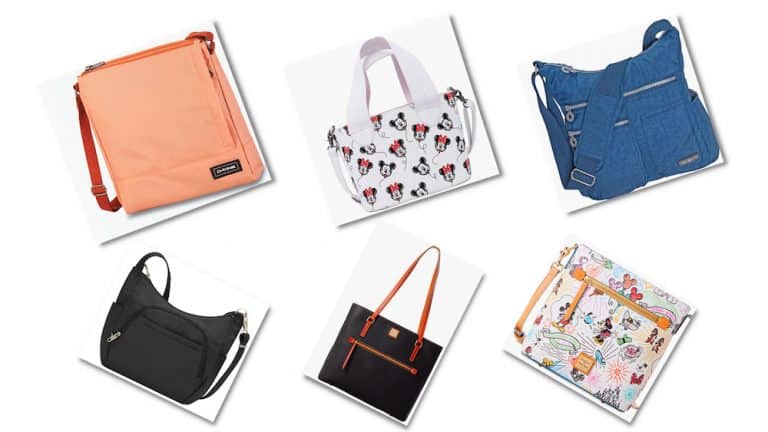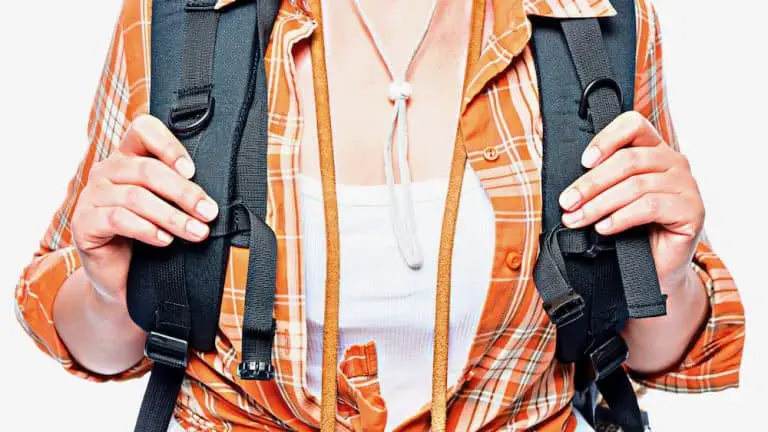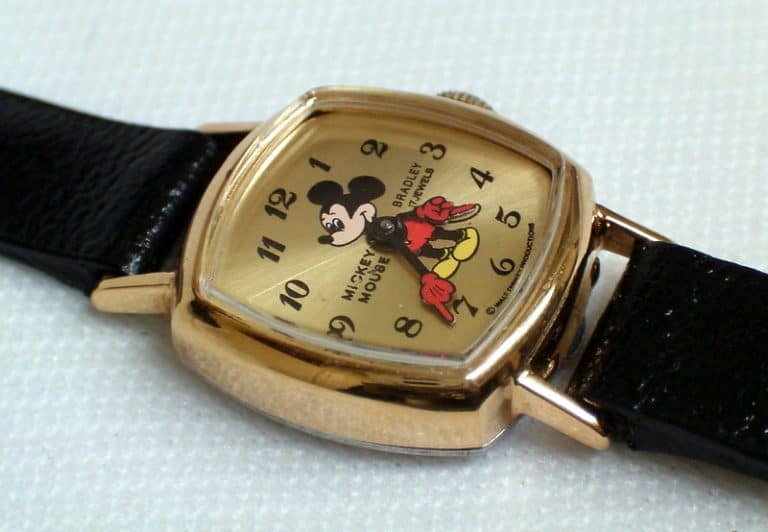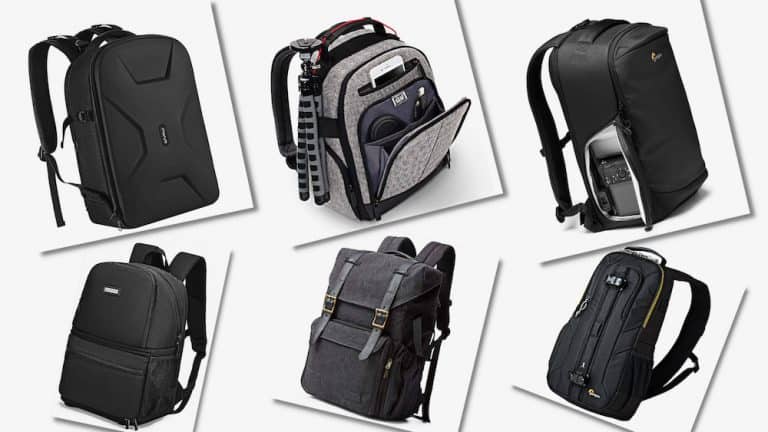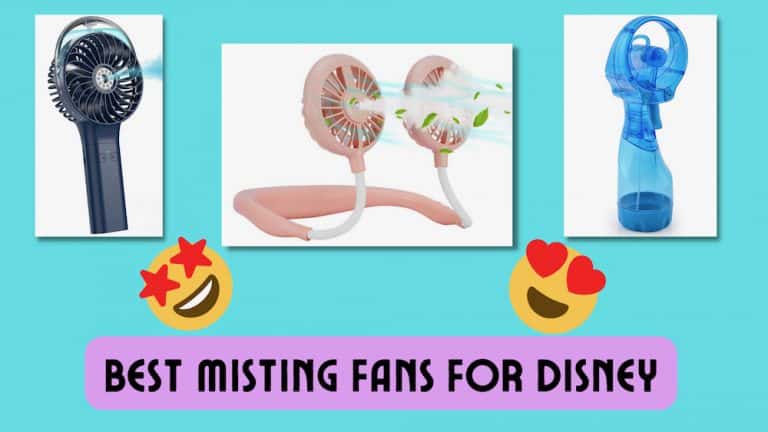Disney Trading Pins Value – How Much Are They Worth?
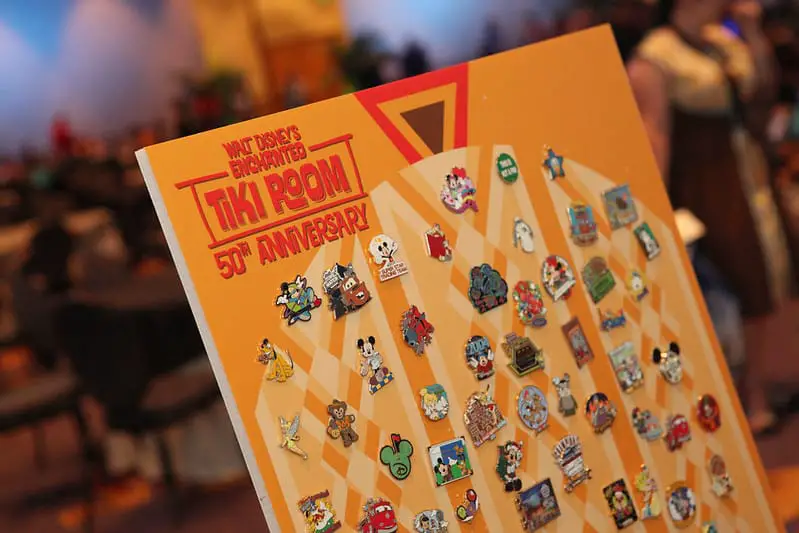
While collecting Disney trading pins can be fun and exciting, determining a Disney trading pins value can depend on various factors, such as its design, age and condition. Most pins hold their original purchase value, and there are certainly a few rare and unique variations sought after by serious collectors.
So in this article, I’m going to share how you can determine the value of a Disney trading pin, and also discuss some of the more high value trading pins on the marketplace. We’ll also discuss where you can go go sell your Disney trading pins, should you believe you have something worthwhile in your collection.
Disney Trading Pins Value
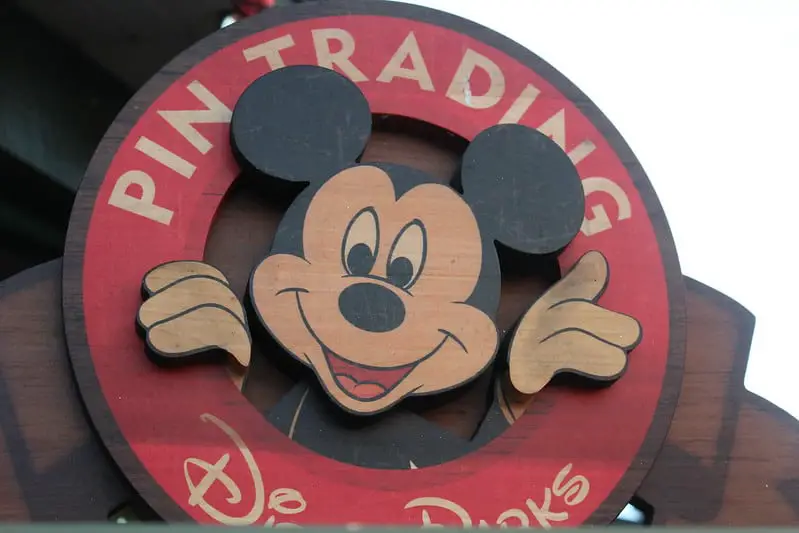
Now it’s always a bit of a challenge to know what your Disney pin might be worth. While eBay might be a good indicator of recent sales for most Disney collectibles, I don’t recommend it for estimating the value of a Disney trading pin.
Sadly, eBay and other online auction websites are full of counterfeit pins and unscrupulous sellers. A better place to get an idea of what your pins might be worth is to contact Disney pin collectors’ websites and social media groups.
Obviously, limited edition pins will have more value than some of the more common designs. Other pins that were produced in smaller quantities, such as pins available only to cast members or Disney Annual Passholders, also hold a higher collectible value.
Like any Disney collectible, older pins in good condition will have more value. Pins with dates on them, or that commemorate special events or anniversaries are also prized by some collectors.
Pins that are part of a series are also going to have a higher monetary value; especially if you have a pin that will complete a series for another collector.
“Chaser” pins from any series also have a higher value, as there were fewer of these pins created.
Just as toy collectors highly value anything that is described as “NIB” (new in box), serious pin collectors will pay more for pins that are in the original packaging from the Disney Parks, resorts, or stores. Any pins for sale should also have the original pin backs (meaning official Disney park pins will have black rubber Mickey-shaped pin backs). Officially licensed pins made by companies such as Loungefly will have metal locking pin backs, as well.
- You Might Also Like: Value of Disney Dollars
High-Value Disney Pins
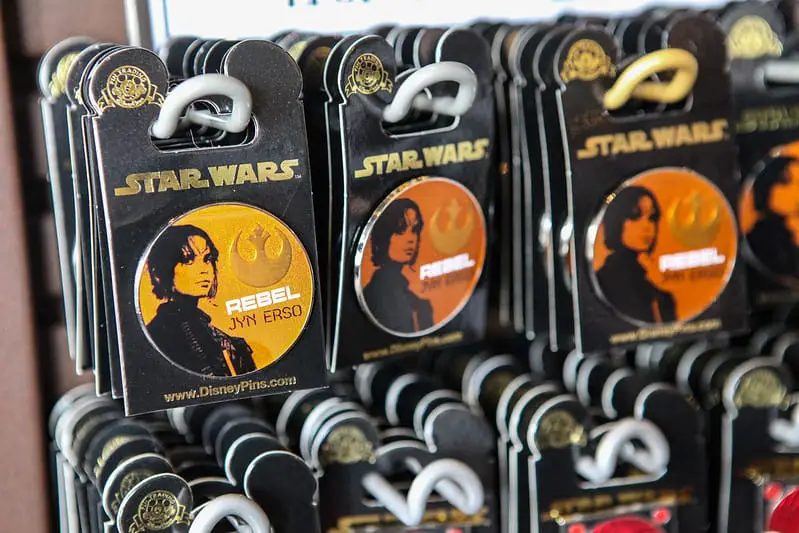
There are a few remarkable Disney pins that do have shockingly high monetary values associated with them! When you consider most pins sell brand new for $10 to $30 on average, it’s astounding what some of these more rare Disney trading pins are worth:
The Dream Jeweled Mickey Mouse Pin
Only three of these legendary Mickey Mouse pins were produced in 2008. It’s a Mickey Mouse figure covered in 130 precious stones, including black sapphire, diamonds, garnet, and citrine. It originally sold for the incredible price of $1,295.
Alice in Wonderland Pin – Disney LE100 – Elisabete Gomes – Alice in Daisies
This beautiful Alice in Wonderland pin was created from the artwork of renowned artist Elisabete Gomes, and features a classic depiction of Alice in a garden of daisies. Only 100 of these pins were issued in 2004, and they are currently valued at $1,850.
Disney DLR Girls Reveal Conceal Mystery Rapunzel Chaser
This pin wasn’t even part of a limited edition release, but it was a “chaser” pin in the “Reveal/Conceal” Mystery Series. This pin shows a lovely smiling Rapunzel and is accented with three sparkling pink stones. It sold a couple of years ago for the amazing price of $7,999.00.
What is a WDI Pin?
Any pin that is listed as “WDI” is highly sought after by collectors. “WDI” in this case stands for Walt Disney Imagineers. These pins are usually offered exclusively to Disney cast members, although occasionally they are sold to the public at events like the D23 Convention. These pins are somewhat rare and have been valued at anywhere from $35 up to several thousand dollars!
- You Might Also Like: Mickey Mouse Watch Value
Collecting Disney Pins
There have been thousands of Disney pins created over the years. Some estimates put that figure at approximately 100,000! Most pins have an average cost of $9.99, while Limited Edition pins can cost up to an average of $20.00. Pins are something that anyone can have fun collecting on any budget!
Some collectors like to focus their collections on favorite characters or movies, while others collect mainly pins released in “series.” Disney often releases special series of pin designs. These are usually limited-run designs, featuring four or five designs, and possibly what is known as a “chaser” pin. The “chaser” is one design in the series that is slightly different, and was produced in fewer quantities.
Disney also occasionally releases “Mystery Pin Sets”. These limited edition series usually feature eight to twelve designs, with two designs being sold in a sealed box. The fun mystery is that you don’t know which two pins you’ll get until you open the box. Since these sets are limited editions, collecting all of them in a series is very popular with Disney pin enthusiasts.
Some people (like myself) collect any pins that will evoke a vacation memory or that are simply visually appealing. One type of collection isn’t necessarily going to have significantly more value than another, so you should collect whatever pins make you happy.
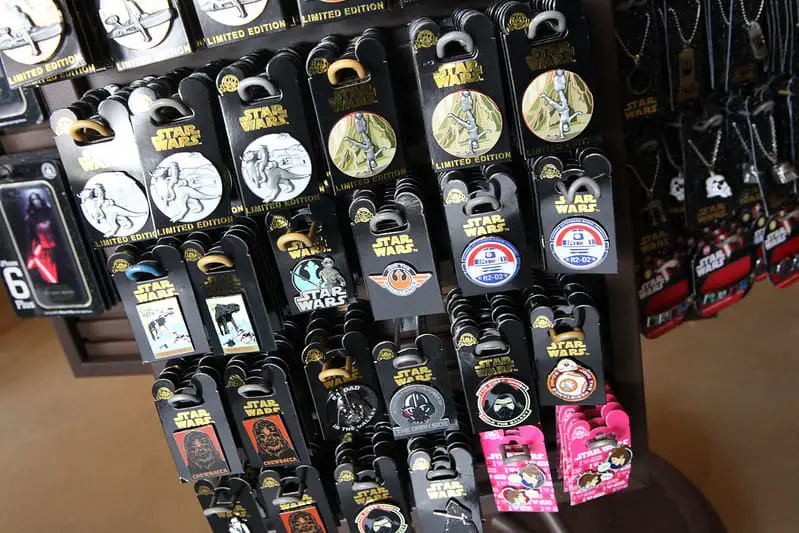
You’ll notice that some Disney pins are described as “Genuine Cloisonné”. Cloisonne is a French word translated to “partitioned”, and it refers to the technique of creating the pin. A Cloisonne pin will have each section of the design separated by metal strips or wire, then pigmented enamel is used to fill in each section with color.
The enamel used in genuine Cloisonné is slightly metallic or glassy in appearance. The finished product will be glossy and perfectly smooth; you shouldn’t be able to feel the metal strips outline the design. Cloisonné pins will cost a couple of dollars more than the “regular” Disney pins.
Most Disney pins can be described as being “hard enamel”. The technique is the same as genuine Cloisonné, with the difference being that the colored enamel isn’t as “glassy” in appearance. It should still have a shiny, perfectly smooth finish, though. If you can feel the metal strips outlining each section of the pin, your pin might be a counterfeit.
In addition to official Disney Park pins that anyone can purchase, Disney also creates pins exclusively available to Annual Passholders, Cast Members, and D23 (the official Disney Fan Club) Gold Memberships. These pins are harder to come by and generally have higher value for collectors.
There are also officially licensed pins produced by companies other than Disney, such as Loungefly, that are fun to collect. These pins aren’t generally traded in the parks, but they are officially licensed products and the quality is the same as official park trading pins. These pins will have a metal “latching” pin back, instead of the rubber Mickey-shaped pin backs found on official Theme Park pins.
- You Might Also Like: Disney Lithographs Value
Disney Pin Trading
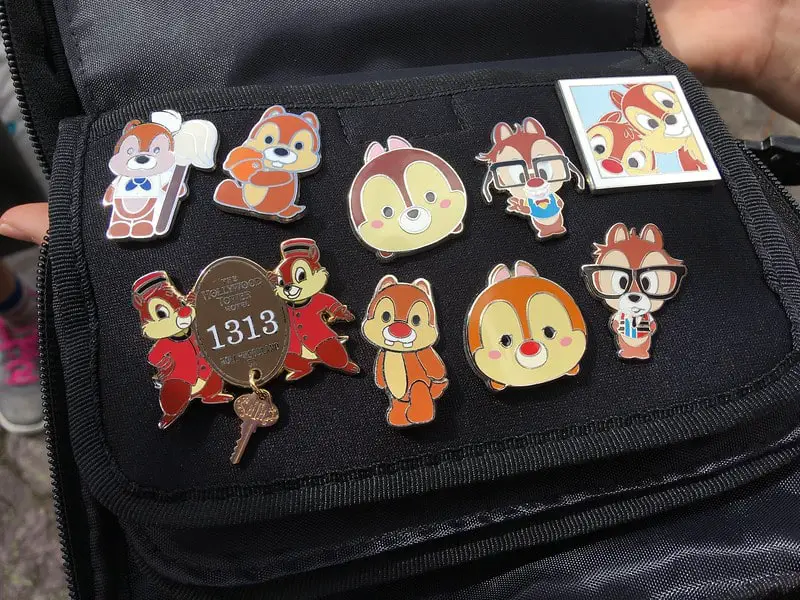
Pin trading is a great way to meet people, share pin collections, and trade for new ones. It’s been a tradition at the Disney Parks for years, with a big boost in popularity that happened sometime in the 1990s.
At any of the Disney theme parks, many Disney resort hotels, and on Disney cruise ships, you can find pin trading locations. Additionally, there are plenty of cast members who wear lanyards full of pins they are willing to trade. You can also find other guests at the Disney Parks to trade pins with.
There are some basic Disney pin trading etiquette rules that you should be mindful of when trading in the parks. The most basic rules to be aware of are:
–A tradable pis is cloisonné, semi cloisonné, or a hard enamel metal Disney pin (or acceptable operating participat pin)
–Officially, obvious counterfeit pins aren’t eligible for trading. However, you will still find many fake pins being traded in the park. Many people, including cast members, don’t know how to identify the fake pins.
–You are allowed to trade one pin of the same style with a Disney cast member.
–Certain pin sets must actually be traded as a set.
–“Name pins” unfortunately may not be traded with cast members.
–Money or gifts can’t be exchanged with cast members for pins.
How to Spot Fake Disney Pins
Sadly, there are probably thousands of counterfeit Disney pins being sold by individuals and traded in the Disney Parks. There are two types of these counterfeit pins: factory “scrappers”, and outright fake Disney pins.
Scrappers pins are pins that are made in the same facilities where authentic Disney pins are made, and they are made from the same molds. However, these pins didn’t meet the quality control standards, for any number of reasons, and should have been “scrapped” (destroyed).
Instead of these low-quality pins being destroyed, someone from the facility tries to sell them (usually on websites like eBay) as being real Disney pins.
There are also outright fake pins. These pins are not made by any official Disney factory or manufacturer. They come from a different manufacturing facility that is trying to replicate an official pin design. Fortunately, these fakes are usually pretty easy to identify.
How can you tell if you’ve unknowingly bought a counterfeit pin? Well, there are several criteria you can look for. Here are some of the basics:
–Look at the back of the pin. Newer pins will have a “waffling” pattern of Mickey icons or ice cream cone shapes that cover the entire back of the pin. Also, genuine pins should include the Disney copyright, as well as the “Official Pin Trading” logo. Take a close look at the logo; there have been some counterfeit pins circulating that say “Pin Tracing” instead of “Pin Trading”.
–Check the edges of the pin. Rough or uneven edges are a sure giveaway that the pin is a scrapper or an outright fake. The edges on a genuine pin will always be even and perfectly smooth.
–If the enamel (colored parts) of the pin design is “dipping”, or isn’t even with the metal outlines of the design, that’s a sure sign it’s a fake. This feature happens a lot with scrappers. The enamel should look even and very glossy.
–Take a good look at the colors on the pin. Genuine Disney pins will be consistent with the colors on their designs. If a character’s skin color or clothing looks a bit “off” with the color, it’s probably a fake.
–Imperfections in the enamel, such as chipping or areas that look like the enamel “dripped” are another sure sign of a counterfeit pin. The colored enamel should go all the way to the edges of all the metal outlines, too. You might need a magnifying glass to see these small imperfections.
–The pin post (that’s the sharp pointy part) on the back of a genuine Disney pin should be securely welded or riveted in place. Some of the fake pins look like the pin post is super-glued in place if you look closely.
–This last method Is a little bit controversial, but check to see if a magnet will stick to the back of the pin. Usually, magnets won’t stick to genuine Disney pins. There are a small number of genuine pins that a magnet will stick to, but for the majority of pins that won’t be the case. Magnets to stick to almost all fake pins, though.
If you have any pins that you are unsure about their authenticity, you can always contact groups such as Pin Trader Club to ask if they can help you.
If you realize some of your collection contains fake pins, you can always use the fakes for craft projects or just keep them for your own enjoyment. If they make you happy, there’s no reason you shouldn’t have them as part of your collection. Even some of the fakes have enough “Disney magic” to bring about smiles.
- You Might Also Like: Little Mermaid Banned Cover Value
Where To Buy, Sell, and Trade Disney Pins
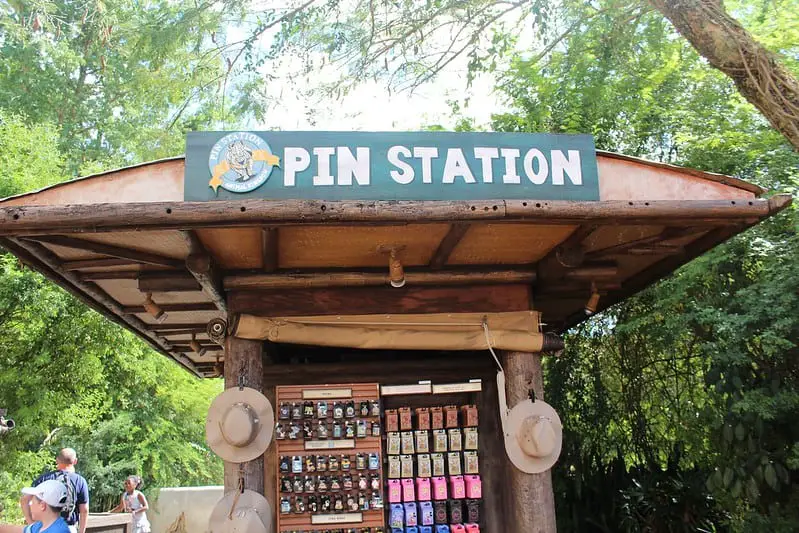
For almost any other collectible Disney items, I don’t think eBay is a bad choice to find buyers or sellers. However, when it comes to Disney pins, I’d recommend staying away from eBay. Sadly, it has become saturated with folks selling large lots (bundles) of pins that usually have a large number of counterfeit pins.
Better places to buy, sell or trade Disney pins are on websites such as Pin Trader Club, Disney Pins Blog, and social media groups such as Disney Pins Buy-Sell-Trade, or Disney Collectibles. These groups will be able to help you determine a good price, help buyers and sellers of particular pins find each other, and hopefully, weed out those who are trying to sell fake pins.
- You Might Also Like: Best Disney Pins to Collect
- You Might Also Like: Best Ways to Collect Disney Pins
A Brief History of Disney Pins
Now if you’ve been to a Disney theme park, you’ve seen trading pins everywhere. They’re sold at all the parks, as well as at the resorts and even on shopdisney.com. While it seems like Disney pins first became popular sometime in the 1980s, they date much further back.
The first Disney pin was created in 1930. This first pin was a button-style pin with the “Mickey Mouse Club” logo on it. Yes, the concept of the Mickey Mouse Club (and the related merchandise) predated the television show that became popular in the 1950s.
In 1930, Disney awarded a license to produce Disney-themed jewelry to the jewelry company Cohn and Rosenberger. In addition to other Disney figurines and accessories, they produced a set of cloisonné pins featuring the likenesses of Mickey, Minnie, and Donald Duck.
These early pins were marketed as “kiddie jewelry”, although many adults bought them as well. They soon expanded to include other characters and to promote the first full-length animated movie, Snow White and the Seven Dwarfs.
In the 1940s (during World War II), Disney pins were made of plastic and even wood.
In 1975, cloisonne pins were again created for the Disney theme parks and some select gift shops. There were only six styles available at first; Mickey, Minnie, Donald, Daisy, Goofy, and Pluto. A year later, the pin designs grew to include characters from Pinocchio, Snow White, and Cinderella.
Disney pins really started to gain in popularity in the early 1980s. This is especially true in 1982, with the grand opening of Epcot. Special limited edition pins were issued in 1984 when the Summer Olympics were held in Los Angeles. In 1985 for the 15th anniversary of Walt Disney World, several sets of pins depicting 60 different characters were produced with the cooperation of the Coca-Cola Company.
Ever since pin collecting and trading as only continued to grow in popularity.
- If you enjoyed this article, please “like” my Countdown to Magic Facebook page!
This article was written by Kimberly and edited by Michael.
